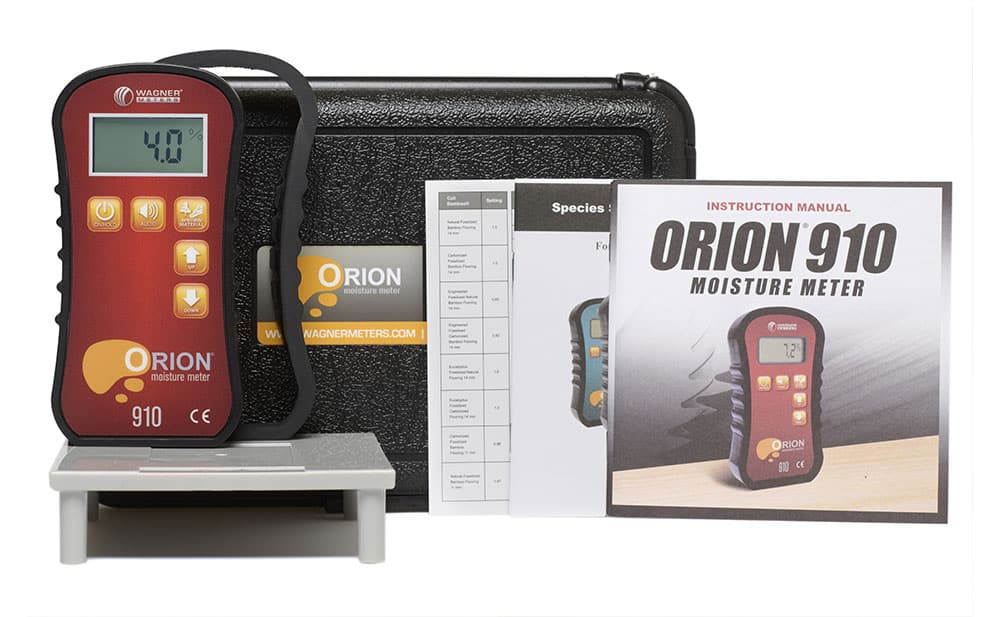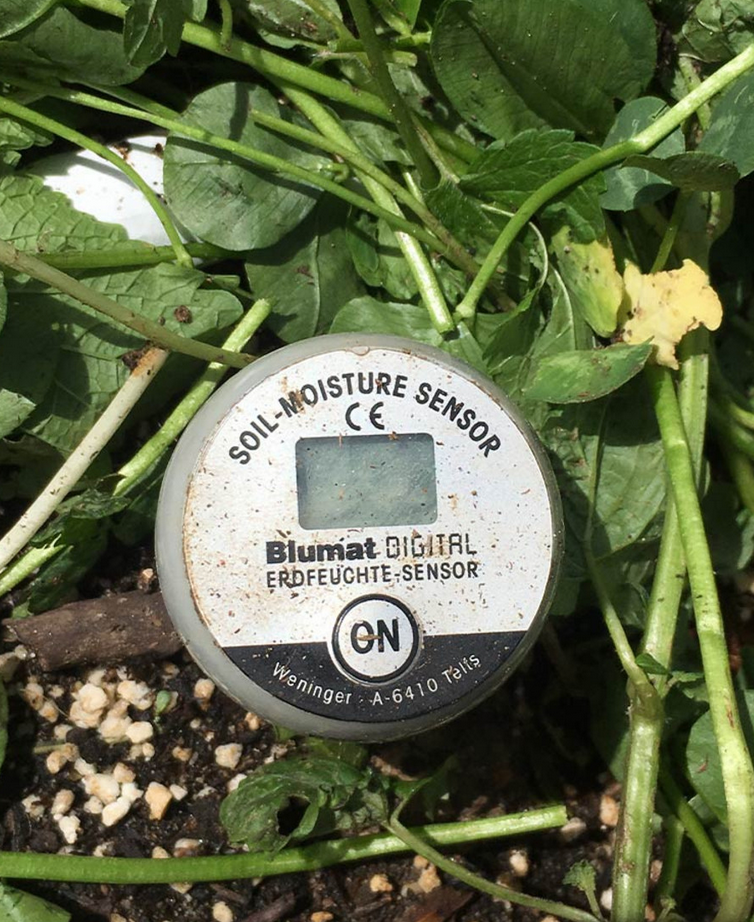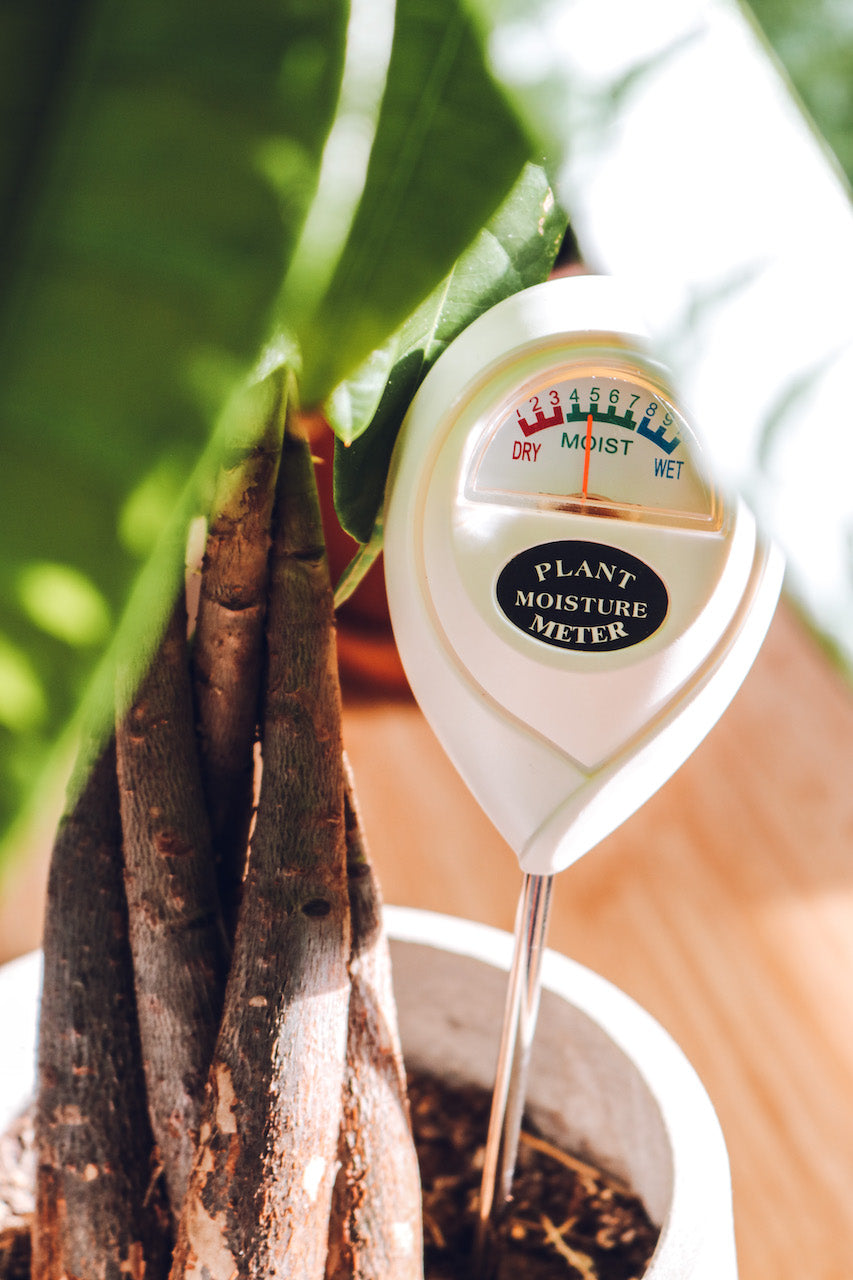Why Every House Owner Demands a Moisture Meter: Trick Benefits and Attributes
Why Every House Owner Demands a Moisture Meter: Trick Benefits and Attributes
Blog Article
Comprehending the Value of a Dampness Meter in Stopping Mold and Water Damages in your house
In the realm of home upkeep, the existence of dampness can often be a silent yet powerful foe, qualified of creating prevalent mold and mildew development and dangerous water damage if left unchecked. Recognizing the significance of a moisture meter in this battle is not simply an alternative but a tactical need.

Relevance of Wetness Detection
Efficient dampness detection approaches are vital for protecting properties and protecting against possible mold development and water damage. Wetness can seep into various structure materials, causing architectural concerns and wellness dangers - Moisture Meter. By utilizing a moisture meter, building proprietors can proactively recognize locations susceptible to excess wetness, enabling timely intervention and mitigation techniques
Moisture meters offer accurate analyses of dampness degrees in various products such as timber, drywall, and concrete. This information aids in determining locations of concern, even in concealed or hard-to-reach locations. Early discovery of moisture buildup allows timely repair work or adjustments to prevent more damages.

How Moisture Meters Job
Dampness meters play a pivotal duty in the aggressive recognition of excess moisture, aiding in the prevention of prospective mold and mildew development and water damage by giving accurate readings of dampness levels in various structure materials. These devices function based on various principles, relying on their kind. Pin-type wetness meters, for example, have 2 pins that permeate the product to gauge the electrical resistance in between them. When wetness exists, it improves the product's conductivity, causing a reduced resistance analysis. Pinless moisture meters, on the various other hand, usage electro-magnetic sensors to scan the product without triggering damage. These sensing units release electromagnetic signals that penetrate the material and gauge the dielectric properties, showing moisture material. Some progressed wetness meters incorporate both pin and pinless innovations for comprehensive wetness discovery. Comprehending just how moisture meters function is necessary for accurate and prompt wetness degree evaluations, allowing effective preventive measures against mold and mildew and water damage.
Detecting Early Indication
Upon first assessment of a home, acknowledging subtle indicators of excess moisture comes to be important in the very early discovery of prospective mold and mildew growth and water damages. Water stains can signify leakages or seepage, while peeling paint or wallpaper might be a result of dampness compromising the bond of these materials to the surface area. Additionally, a rise in allergic reaction signs or respiratory problems amongst owners might suggest the visibility of mold and mildew due to excess wetness.


Preventing Mold And Mildew Growth
Identifying early warning indications of excess dampness within a residential property not just makes it possible for punctual discovery of prospective mold and mildew development and water damage but likewise serves as an aggressive action in preventing the proliferation of mold and mildew. To successfully avoid mold growth, it is crucial to attend to any resources of wetness without delay. This can include dealing with leaks in roof coverings, home windows, or pipes, guaranteeing correct air flow in damp areas like shower rooms and kitchens, and making use of dehumidifiers in high-humidity rooms. Regularly evaluating and keeping the building's pipes, roofing, and gutters can also aid in protecting against water breach that might cause mold and mildew growth.
Along with attending to moisture sources, maintaining interior moisture levels below 60% can significantly inhibit mold growth. Correct air flow, adequate insulation, and using ac unit or followers can help control indoor humidity degrees. Monitoring dampness levels in locations prone to moisture, such as basements and creep areas, making use of a wetness meter can also aid in early detection of raised dampness degrees and prospective mold development. By taking proactive steps to avoid excess moisture and mold and mildew development, property owners can secure their building and indoor air top quality.
Benefits of Routine Surveillance
Regular monitoring of moisture levels in a building can play a crucial function in preserving a healthy interior environment and stopping prospective mold and mildew and water damage. By frequently examining moisture degrees, house owners can spot any type of problems promptly and take required actions to avoid mold development and water damage. Among the vital benefits of regular monitoring is early other detection. By recognizing and click over here addressing high wetness levels beforehand, house owners can step in before mold has the opportunity to spread and establish. This aggressive strategy can save both time and cash over time by stopping comprehensive mold remediation and fixing expenses (Moisture Meter).
In addition, regular monitoring permits home owners to track patterns and patterns in dampness degrees over time. Ultimately, the regular monitoring of dampness degrees equips homeowners to protect their property, protect their health, and protect the integrity of their indoor atmosphere.
Conclusion
In verdict, the use of a dampness meter is crucial in preventing mold and mildew and water damage in homes. By detecting very early warning indications of wetness, homeowners can take aggressive actions to protect against mold development and costly repairs.
By making use of a wetness meter, property proprietors can proactively recognize locations susceptible to excess moisture, allowing for prompt treatment and mitigation methods.
Dampness meters give accurate readings of dampness levels in different products such as drywall, wood, and concrete.Wetness meters play a critical role in the positive identification of excess wetness, helping in the prevention of prospective mold development and water damage by supplying precise readings of wetness levels in numerous building materials. Recognizing how moisture meters function is crucial for timely and accurate moisture degree analyses, enabling effective preventive steps versus More Help mold and water damages.
Checking moisture degrees in areas susceptible to moisture, such as basements and creep rooms, utilizing a wetness meter can also aid in early detection of raised dampness degrees and possible mold development.
Report this page